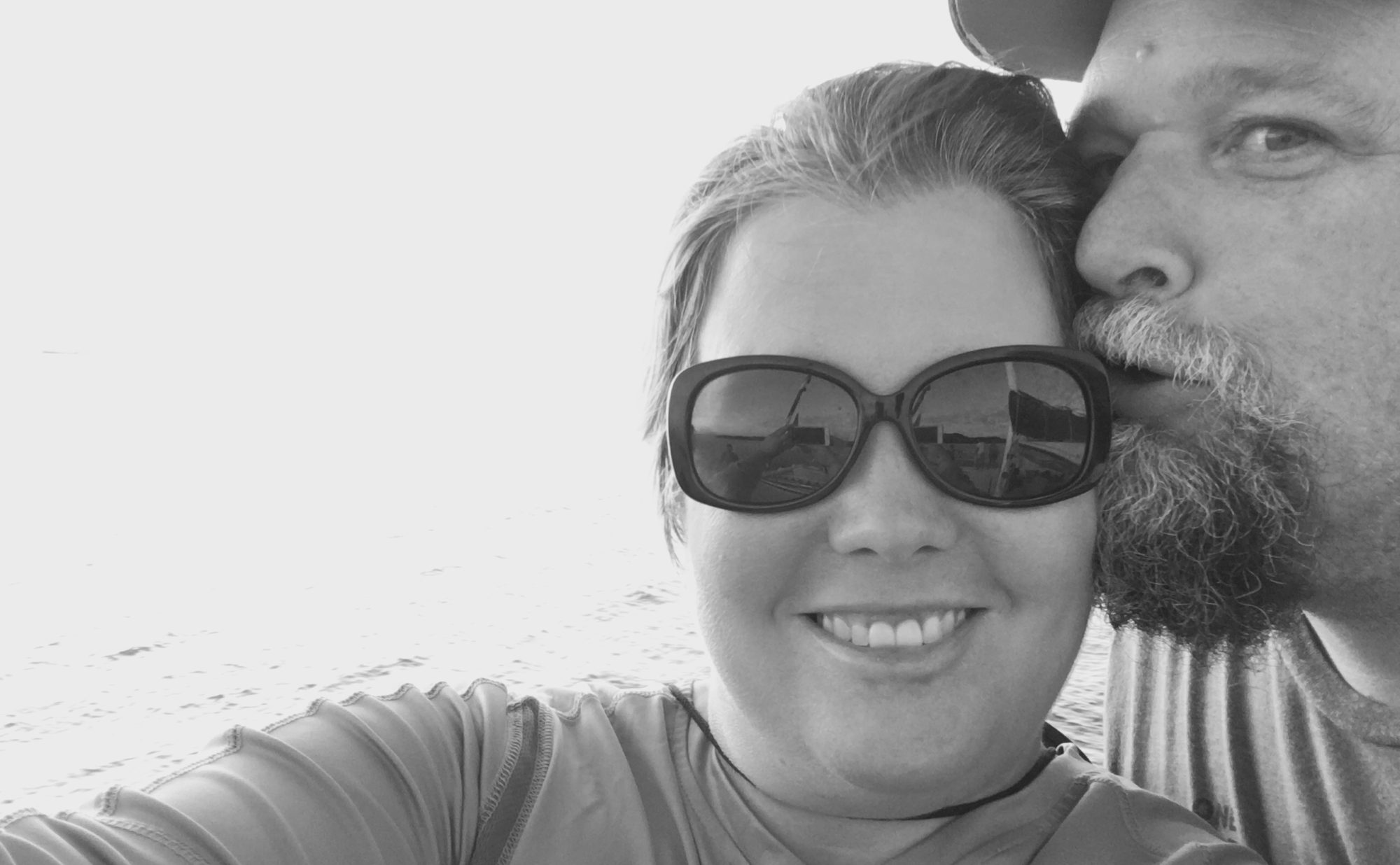After three days on the Central Serengeti, we set off on the long road towards the Maasai Mara. While the true Maasai Mara Park is actually in Kenya, it borders the northern most part of the Serengeti National Park. The Maasai Mara is known for the Great Migration. The total area under conservation in the Greater Maasai Mara-Serengeti ecosystem covers roughly 9700 square miles. Massive herds of wildebeest, zebra, and other grass eating mammals migrate South in the dry season looking for water.
My dad is really excited about the Great Migration and this was one of the factors that attracted us to Tanzania as the ultimate destination for our safari. He has talked many times over the years about wanting to see the Great Migration as it was frequently highlighted in his National Geographic magazines.
On the way to our northernmost camp, we happened across another pride of lions…this one with several young cubs around twelve in total. They laze around with moms and aunts with the young male nearby. It was incredible to get so close to these youngsters.

The golden grasses disappear and give way to flat plains that are spotted with short bushy trees. The name Mara means spotted in the local Maasai language. The road is long and desolate but beautiful.
Along the way we were lucky enough to see a large herd of Giant Eland. They are the largest species of antelope and are extremely skittish. Martin told us that we were lucky to see one, much less the large herd that we saw. There are only about 15,000 Giant Eland in Eastern and Central Africa.


Moving along the spotted plains toward our destination, I’m amazed by Martin’s ability to spot wildlife in the distance and then get us up close to it. Out of nowhere, we veered off our road and rolled up to a male lion snoozing after what appears to be a very filling meal.


We get back on the road. My dad is totally amazed at how close we got to this male lion and his meal!
Finally, we are getting closer to camp and then we see it….the Great Migration! As far as your eye can see there is a line of wildebeest with zebra interspersed. No wonder we have seen so many lions today! They are hanging out close to the buffet!

As we headed down the road, we came across a big bull elephant in the road with his family near by. He issued a warning to us and was very aggressive. We turned off the vehicle and sat quietly until he decided we were no longer a threat and wandered off. These creatures seem so docile most of the time but they won’t hesitate to fight for their family.

We finally stopped for a late lunch at the Kogatende Serengeti Airport. If you were flying in a bush plane to the Mara River this is where you would land…but look at all that you would’ve missed so far! Sometimes the long traveled road has the greatest wonders.
After lunch, we ventured to a lookout over the Mara River, waiting to see if we can see the wildebeest cross. There are hippos in the water everywhere here. But the scariest thing we see in the water are the crocodiles. It’s very clear to me why the wildebeest are so reluctant to cross the river. The crocodiles are as long as trucks and span probably four feet across. I never dreamed of how gigantic they are! We see a dead wildebeest in the water with six crocodiles fighting over the feast. One is grabbing the wildebeest and doing its barrel roll in the water.

So much more to see this day…another leopard sleeping on a rock, three baby giraffes eating from short acacia trees, a trio of Cape buffalo, a hyena den with several young…theres so much to take in that it is overwhelming.
A short thunderstorm rolls in and rains on us for a while. As we head to camp on the now very messy roads we watched zebra grazing on the plains with the orange of sunset against the dark purple clouds. I realize yet again that Tanzania is a spiritual experience….I see the expression on my dad’s face and know he feels the same.
The beauty here defies that all of this was created by one organism. Intelligent design is evident in every corner of the Serengeti.
Finally, we roll into our new camp, Lemala Mara, a very remote mobile camp that moves with the migration. The camp dining room was set up family style and all of the guests came together and had a beautiful dinner. The star of the meal was the green plantain soup. But the highlight of the dinner was when the camp staff danced around the table singing songs. The most notable song goes like this:
Jambo, Jambo bwana, Habari gani, Mzuri sana. Wageni, Wakaribishwa, Kenya yetu Hakuna Matata. Kenya nchi nzuri, Hakuna Matata. Nchi ya maajabu Hakuna Matata. Nchi yenye amani, Hakuna Matata. Hakuna Matata, Hakuna Matata. Watu wote, Hakuna Matata, Wakaribishwa, Hakuna Matata. Hakuna Matata, Hakuna Matata.
Translation:
Hello, hello sir, how are you? Very fine. The visitors are welcomed to our Kenya. Don’t worry. Kenya is a nice country. Don’t worry. A country of wonder. Don’t worry. A country of peace. Don’t worry, don’t worry, don’t worry. Everybody don’t worry. You’re all welcomed, don’t worry. Don’t worry, don’t worry.
They go on to mention Tanzania, Lake Manyara, Ngorongoro, Serengeti, and Kilimanjaro in the rest of the lyrics. I wish you could hear it sung. It is the most beautiful song and brought so much joy to my heart. It brings tears to my eyes just to write these lyrics and hear it in my head again. I wish everyone could experience this. I am truly blessed for this experience.









